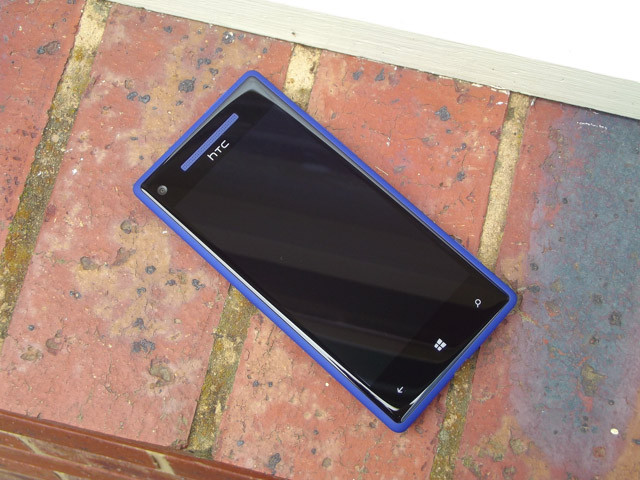
Microsoft is a powerful company, and when they are given an idea, they have the ability to turn heads when they release products. With two powerful mobile platforms now in the marketplace, Windows Phone 8 and Windows RT, Microsoft has potential to build incredible products and define the next generation of computing.
For the concept described in this article, set aside some current technical barriers that may exists and understand that this is a forward-looking idea that we hope to see come to fruition. Further, everything described below has been done on other platforms, but they failed to materialize for lack of hardware or software support over the long term.
Windows Phone 8 and Windows RT are Microsoft’s mobile platforms going forward, and each cater to a separate market, but to fully realize the true potential of both of these products, Microsoft needs to break down the segmentation and make these products one in the same.
Mobile phones are scaling up in processing power at an incredible rate. What was once considered a crazy idea several years ago is now a reality with phones that have quad-core power, gigs of ram and copious amounts of storage space. A smartphone, in short, has a lot of the same functionality laptops several years ago featured on a smaller screen.
Imagine this scenario, you have a Windows Phone X (X representing an upcoming version of Windows Phone) that hums along with all of the Windows Phone goodness we have come to know and love but when you dock the phone into a shell that contains a screen, keyboard and USB connections, the phone switches over to Windows RT and keeps all your content in place and streamlined.
In this scenario, your phone is now your computer. You dock when you need the power of Windows RT, and when you undock, you have the mobile OS that is designed for the smaller screen. Simply put, you can remove one device from your life and replace it with a shell that is extremely thin and lightweight because all the horsepower is contained in the phone.

Palm Folio: A device ahead of its time
Sure, you would likely want a battery onboard, but other than that it’s a barebones setup that bridges Microsoft products to create a killer all-in-one device. A device that would live inside the Microsoft ecosystem from all aspects and provide a unique experience that at the time, the market does not offer.
To take it further than simply a snap-in shell for a laptop, imagine a dock at your workstation where you plug your phone in to a monitor that has USB ports, once again, your entire office is in the palm of your hand, all-day long.

Pictured: ASUS PadFone is representative of how Microsoft should proceed with its mobile platforms
Think storage would be an issue as cell phones don’t contain enough memory to replace your laptop? Microsoft has a nifty cloud storage service called SkyDrive that can house all of your information that is accessible for nearly any internet-connected device.
Sure, we have seen this attempted with the Motorola Atrix and even the Palm Folio (above), but both products failed on several metrics of either expense, being underpowered, or inferior software that provided a poor end user experience.
We already suspect that Apple and Google are both working on something similar with iOS/OS X and Android/Chrome OS; Microsoft could easily compete with Windows Phone and Windows RT.
It will come down to execution for Microsoft (and the others), and the first to do so with a well built and intuitive design will win a significant portion of the market. It’s not rocket science, but delivering a best-in-class product that will help make people’s lives easier.
We hope that Microsoft will find a blend to these two platforms and make this concept a reality because if they don’t, Apple and Google will, once again, beat Microsoft to the market.
















51 Comments - Add comment